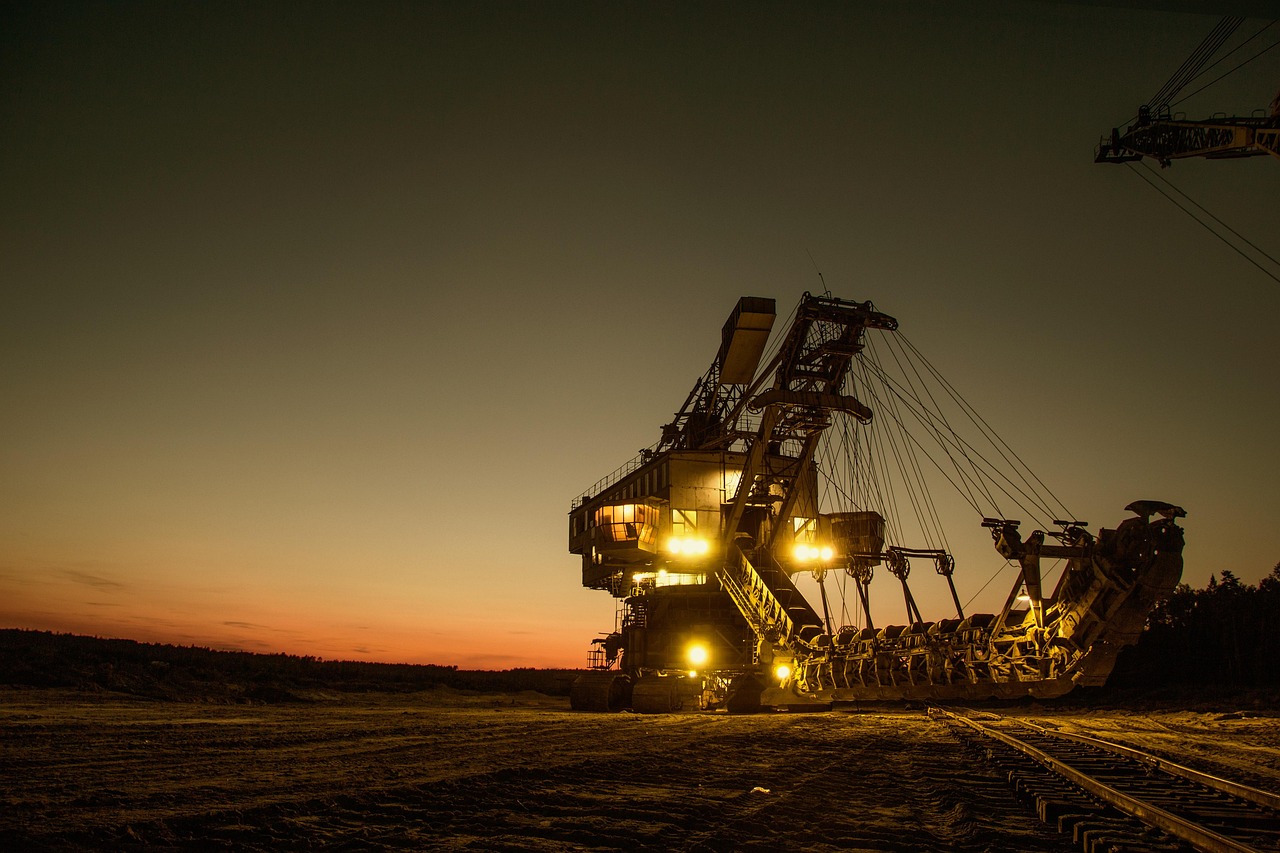Across the large scale of industrial applications, machines are calibrated specifically for optimised performance, including within the mining industry. The mining industry consists of heavy-duty machines, built to handle things such as high-power and precise drilling, heavy-load extractions, and blast resistance. However, this still makes them susceptible to misalignment and imbalance. Dynamic balancing is one of the most crucial services to solve the imbalance of a machine's rotating parts.
At SLS, our experts discuss
dynamic balancing, the importance of dynamic balancing in mining equipment, as well as the advantages of robotic automation in dynamic balancing services.
What is Dynamic Balancing?

Dynamic balancing is the process of addressing the imbalance of a machine's rotating parts through running the equipment at a specific running speed, measuring vibration levels compared to the reference signal, and thereby adjusting the machine's imbalance through the reduction or addition of weight using a balancing machine.
Imbalance is commonly found in electric motors, hammer mills, rotors, and fan assemblies. Some common attributes to imbalance are excessive product material buildup, size and weight of the rotating equipment, or even replacing old components with newer components.
When left unaddressed, an imbalance will result in excessive noise, wear and tear, premature failures, increased costs and downtime, and safety hazards.
Factors That Affect Dynamic Balancing
- Size and weight of the rotating component: These affect the type of balancing equipment and techniquesLocation of imbalance: Where the imbalance is located on the component determines the type of adjustments required, such as the addition or reduction of weight
- Environmental conditions: Depending on the location, variables such as temperature can also affect dynamic balancing
- Component balancing tolerance: The speed and application of the component affect the risk of imbalance. The faster the speeds, the more tolerant to vibrations
The Machinery Demands of the Mining Industry

The mining sector primarily involves the discovery and extraction of the earth's naturally occurring minerals and resources. For many years, this market has only grown in size, with its undeniable global value. However, mining operations are known for their safety concerns as well as labour requirements. To address these, mining industrial machines are designed to improve the safety conditions of workers, handle work from extraction, handling, and processing.
Examples of these advanced machines are drill rigs, excavators, loaders, crushing equipment, and dozers. Each of these machines utilise rotating components that operate at high speeds, executing large forces as well as ensuring operational efficiency.
Dynamic Balancing in the Mining Sector

Based on the ISO 1940/1 guidelines, a rotating component's balancing tolerance depends on the operating speed as well as its application. Mining industrial components that operate at high speeds and in critical applications have stricter tolerances in order to reduce vibrations during operations. However, due to the environment of mining operations, excessive buildup of material in addition to high-speed operations makes dynamic balance for mining equipment essential.
The heavy reliance on high-speed rotating equipment, including mill wheels, conveyor belts, and industrial fans, makes such machinery susceptible to imbalance issues. Thus, high levels of monitoring are required to ensure early fault detection and improved operations.
Notable dynamic machine balancing examples include the dynamic balancing of industrial fans, impellers, flail rotor balancing, and machine rotor balancing.
How Robotic Automation Assists in Dynamic Balancing

Robotic automation has changed the way industries operate these days. Similarly, robotic integration has spread throughout the mining sector in response to rising demands, significantly improving operational efficiency, worker safety, mining precision, and cost-effectiveness.
Besides manual tasks in the industry, robotic automation plays a key role in the dynamic balancing and maintenance of machinery. Balancing machines are equipped with sensors and advanced control systems to process and detect imbalance or vibrations. These sensors, such as accelerometers and velocity sensors, detect the location and measure the vibration magnitude of the imbalance, providing precise data to assist in accurate corrections.
Modern machinery also utilises
robotic integration to detect errors and imbalance, and react with countermeasures or allow for premature damage detection, resulting in risk mitigation and thus lower downtime.
Conclusion
In a high-demand industry such as mining, maintaining low downtimes and quality efficiency and precision is vital to avoid equipment imbalance. From simple single-plane applications to two-plane rotors, SLS Bearings are equipped with
dynamic balancing services to address your machine rotor balancing needs.
SLSPRO experts offer comprehensive services and provide tailored solutions and
specialised services to meet the unique needs of clients across various industries.
Contact SLS for expert guidance on dynamic balancing services and discover how we boost and optimise your systems.


 Contact Us
Contact Us 